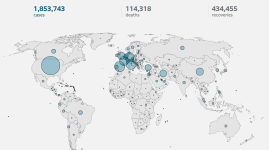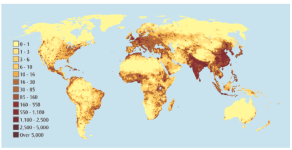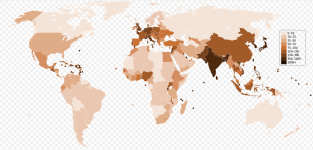beorhthelm
A. Virgo, Football Genius
- Jul 21, 2003
- 36,440
Germany and USA seem to be keeping a higher propirion of the infected alive. USA surprises me as it is apparentlu poorer folk and blacks who are most at risk.
or they are detecting more infection in the population that are asymptomatic or mild symtoms. or they are not recording deaths infected with Covid-19 where its secondary to main cause of death. the Germans stand out compared to neighbours, unless they have some therapy they havent told about.




